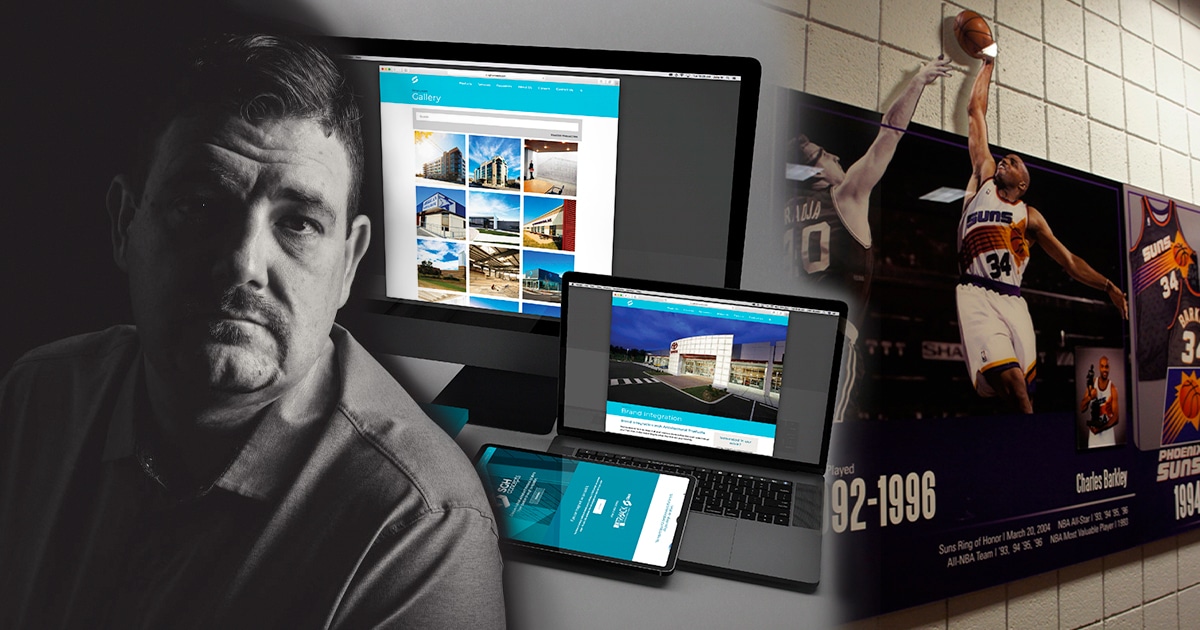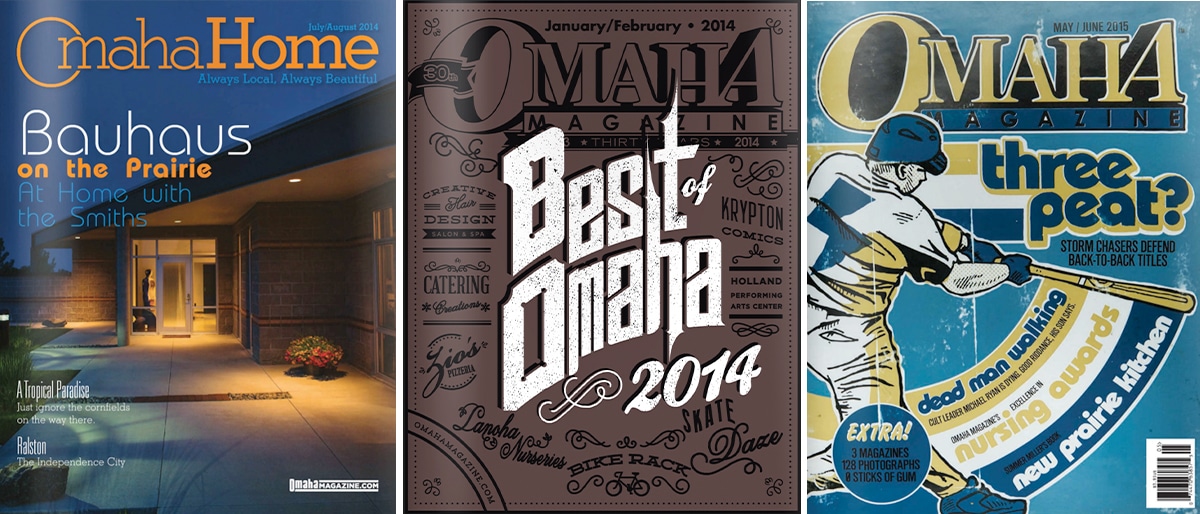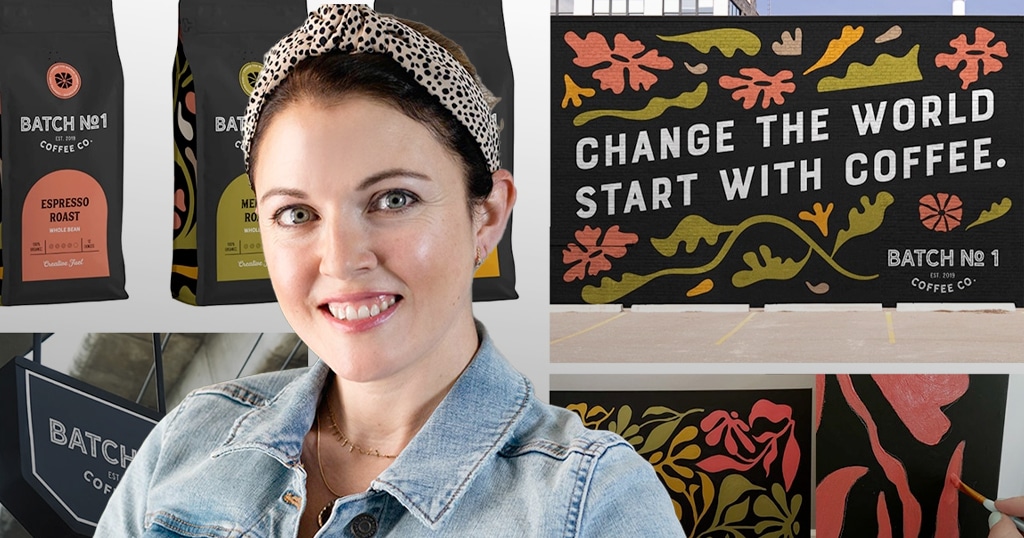Graphic Design from Print to Web, UX, and More

Our Advisory Board Sessions interviews are focused on the question of what employers are looking for in art/design graduates. Here is John’s advice for graphic design graduates.
Q: How has employment in your industry changed in the past 3-5 years?
Senior level positions seem hard to come by and more and more employers want experience (3+ years). For students, this means that internships (paid if possible) are more important than ever. To have that on your resume as experience will help get those jobs that ask for it even of green designers.
I’ve always worked in print-based design. These jobs still exist and I believe will always exist. However, there appears to be many new jobs for designers in UX/UI design. During COVID-19, I’ve seen a fair share of in-house hiring and fewer agencies. Every agency I know is busy but seem to hire less frequently.
Q: What level of education is a minimum to enter the industry, and why?
It is becoming more and more acceptable to recruit designers based on years experience over a specific degree. If you’re good and have a resume that shows you’ve worked and a portfolio to back it, I don’t see a degree holding anyone back from a specific role.
Q: What advice do you have for an entry-level job applicant regarding the job search and interview process? How can they stand out from the crowd?
Have real experience, whether it’s an internship or real project. Employers can see when a project is a “class assignment” if it’s done by rote. Take on assignments that have open-ended deliverables and make sure your portfolio shows individual unique strengths that stand out from the crowd.

Q: What software or technical skills should a designer be fluent in for your industry?
- Software skills: Adobe InDesign, Illustrator, Photoshop. For UX: Figma over Adobe XD.
- Coding skills: HTML/CSS/JavaScript/PHP (if going into Web).
- Design essentials: Color theory. Typography. Hierarchy. Building files correctly in InDesign (NOT designing full-print layouts in Illustrator or Photoshop).
- Art/design essentials: Have a real understanding of how print and the Web work. You can’t design the same for the two mediums. Also have an understanding of design history. The fact that some interviewees don’t know who influential, inspirational designers are boggles my mind. Drawing is a great benefit if you are able to also illustrate. Drawing is not required, but sketching is key!
Q: What types of portfolio must a graduate present in order to be considered for a position?
- Online (Behance is great option if don’t have the ability to build or own your own website).
- PDF if they ask for you to send one when applying. Don’t make them ‘work’ to find your work. Make it easy to see the portfolio.
- Also have a physical portfolio. It’s especially important in print to have actual mockups. Services like MagCloud.com and other on-demand printers make it affordable to show full brochure layouts.
When viewing a portfolio, I want to see pieces in context. Don’t just show me an illustration. Show how the illustration works (by showing icons on a website, or the product in an advertisement, and so on). If you produced a photography still life, show it in context. Professionals don’t ever use these pieces on their own.
Always spell check your cover letters and resumes. But go further, and make sure you’re using the correct word. I have seen work get thrown out due to incorrect usage of works. For example, peaked vs piqued have two different meanings.
Q: What advice do you have for starting a new job?
Show up on time. Don’t abuse lunch-hour time. Offer to work late. Shadow others, and learn. Be humble. Hustle. Also, develop your public speaking skills for presenting your concepts and designs, and observe grammar and spelling in your written communications.
For more information on John Gawley, visit his Behance page or our Advisory Board. For more information on Graphic Design majors at Sessions College, visit our new BFA in Graphic Design page or our Graphic Design programs page.

Sessions Staff is a restless soul who loves to share relevant news and design industry information with current and prospective students. Read more articles by Sessions Staff.
RECENTLY ON CAMPUS


























 What Photoshop’s new AI Tools Mean for the Creative Community
What Photoshop’s new AI Tools Mean for the Creative Community
 Gaining Confidence and Working with Clients
Gaining Confidence and Working with Clients Exploring the Artistry of Filmmaking
Exploring the Artistry of Filmmaking